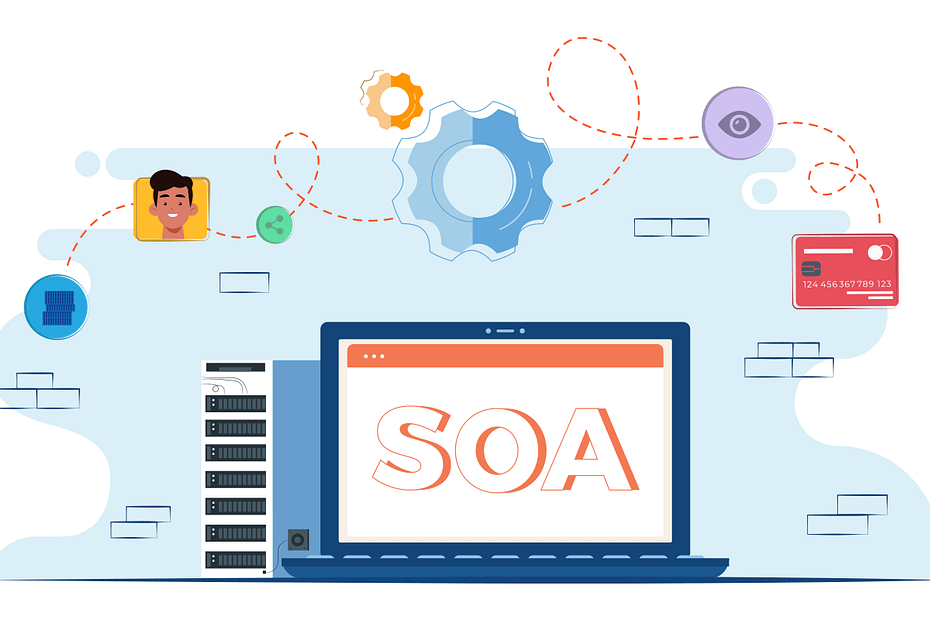Service Oriented Architecture in Salesforce Development
Service Oriented Architecture (SOA) is a software design and software architecture design pattern based on distinct pieces of software providing application functionality as services to other applications. This approach is used to build an architecture based on the use of services, which are self-contained, modular units of software that can be reused and combined to create a robust and scalable system.
In the context of Salesforce development, SOA is a strategy that allows organizations to build an efficient, robust, and scalable CRM system using different services provided by Salesforce as well as integrating with third-party services when necessary. Salesforce provides a rich array of services that developers can use, such as authentication, data management, analytics, and others.
SOA Principles and Salesforce Development
In implementing Service Oriented Architecture, Salesforce development utilizes the following principles:
- Loose Coupling: Salesforce development utilizes APIs to connect various services together. This creates an environment where changes in one service do not affect other services, providing system flexibility.
- Service Abstraction: Salesforce development can encapsulate services and limit what they expose to the system, minimizing complexity and making it easier to use and maintain.
- Service Reusability: Salesforce provides a range of reusable services that can be used across different applications. For example, the authentication service can be used in numerous applications within an organization.
- Service Autonomy: Salesforce services have control over their own logic and are not dependent on other services to function. This improves system reliability as each service can function independently.
Benefits of SOA in Salesforce Development
- Increased Scalability: SOA allows Salesforce applications to scale easily as different services can be increased independently of each other.
- Enhanced Flexibility: SOA makes it easier to integrate new functionalities or make changes without disrupting the whole system, making Salesforce applications more adaptable to business needs.
- Improved Efficiency: SOA allows for reusing services across different applications, which reduces duplication and improves development efficiency.
- Better Integration: SOA facilitates integration with third-party applications or services, which is often required in complex business environments.
Application of SOA in Salesforce Development: Examples
- Integrating Salesforce with External Systems: Suppose a business wants to integrate Salesforce with an external accounting system. The business can develop an integration layer that exposes services from the accounting system to Salesforce. Salesforce can then consume these services via APIs. This approach allows the business to leverage the capabilities of the external accounting system without tightly coupling the two systems.
- Building a Composite Application: A business might want to build a composite application that combines several Salesforce services. For example, an application could combine Salesforce’s data management, analytics, and AI services to create a predictive analytics application. Each of these services can be developed and scaled independently, making the composite application more robust and scalable.
- Creating a Microservices Architecture: Some businesses might opt to break down their Salesforce applications into smaller, independently deployable services or microservices. Each microservice encapsulates a specific business functionality and can be developed, deployed, and scaled independently. This approach aligns well with the SOA principles and can make complex Salesforce applications more manageable and scalable.
In conclusion, SOA plays a critical role in Salesforce development, providing a structured approach to building scalable, flexible, and efficient Salesforce applications. By adhering to SOA principles and effectively using Salesforce’s rich array of services, businesses can create robust CRM systems that adapt well to their evolving needs.
Common Design Patterns in Apex
Factory Method Pattern and Reflection in Apex within Salesforce: An In-Depth Analysis with Examples
